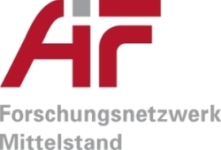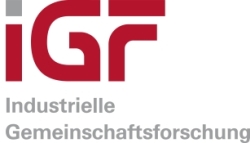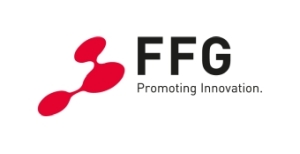Project AdBlue Deposits
Abstract
Based on legislation for diesel engines a further minimization of emissions of nitrogen oxides (NOx) is essential. The selective catalytic reduction (SCR) is therefore an efficient and widely used method to reduce nitric oxide emissions, frequently in combination with other emission control devices. In SCR systems, urea is injected into the tailpipe as a urea-water solution (UWS). Water evaporation and decomposition of the urea content produce gaseous ammonia upstream of the SCR catalyst. The droplets of the UWS frequently impinge on the hot surfaces of the exhaust line where they may form liquid film at part load operating points. Accumulated liquid film on the other hand can induce formation of solids due to urea crystallization and by-product formation, which impedes the SCR efficiency.
This work investigated the interaction of AdBlue sprays with hot tail pipe walls, the resulting wall film formation and the precipitation of solid deposits from liquid film. For investigations in application scale, a lab test bench at KIT and an engine test bench at TUW were installed, which enabled experiments on film and deposit formation under realistic conditions. Solid deposits that were generated during the experiments were sampled for detailed analysis of topology and chemical composition by thermogravimetrical analysis (TGA) and high performance liquid chromatography (HPLC).
Based on kinetic data from the experiments an existing kinetic model for urea decomposition was extended. Together with enhanced models of spray/wall interaction, heat transfer and an approach to substantially speed-up the simulations, for the first time physical as well as chemical processes in the mixing section of SCR systems were depicted in 3D-CFD simulations. Furthermore a new kinetic model was introduced that is mainly based on thermodynamic data and equilibrium processes and which allows a detailed prediction on urea decomposition and deposit formation with all upcoming experimental effects.
The objective of the research project was achieved.
Download project report
Contact: Prof. Dr. Olaf Deutschmann
Supported by:
 |
||
 |
 |
|
 |
